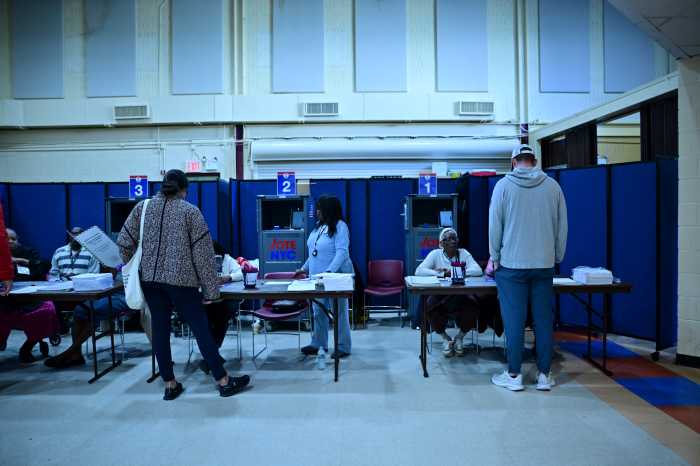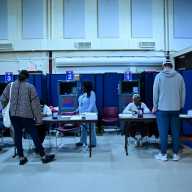Homeowners in Southern Brooklyn wish this was just a bad April Fool’s Day prank, but no such luck.
The Federal Emergency Management Agency increased flood insurance rates on April 1 as part of an overhaul of the program in the wake Hurricane Sandy. The increases are capped at 18 percent of a homeowner’s previous premium, as required by the Homeowner Flood Insurance Affordability Act of 2014 that modified the overhaul passed in 2012 after the storm, but residents said the new rates are an unfair hit to those still rebuilding.
“It is extremely unfair that FEMA is now raising the rates on the same people that don’t have additional funds, especially after sandy and trying to recover and rebuild to get back to the new normal,” said Mike Taylor, the founder of We Care New York, which helps Sandy-impacted residents in Brooklyn and Queens.
Taylor said the 18 percent cap is still too high, especially because the Federal Emergency Management Agency didn’t revise flood elevation areas until after the superstorm, which locked residents into homes with these higher insurance rates.
“To surprise and put this burden on tax-paying residents just seems to be wrong to me — especially for people who bought homes in the last 5 or 10 years,” he said. “If FEMA would have used proper information in determining these rates, the people who bought these homes at very high prices might have done something differently and be able to prepare better.”
The reform also helps homeowners who want to sell their flood-prone houses, by guaranteeing that new buyers who purchase a home in the flood zone as their primary residence can pay the same insurance rate as the previous owners, according to a spokeswoman for Sen. Charles Schumer, who fought to gain bipartisan support for the new guidelines.
“Sen. Schumer has worked tirelessly to ensure that homeowners don’t see drastic spikes in their flood insurance premiums or fall victim to policies that may cause the value of their home to drop overnight when sold,” said spokeswoman Marisa Kaufman.
In addition to the rate hikes, all homeowners in the flood zone will be stuck with a new annual charge on top of their insurance premiums — $25 for primary homes, and $250 for second homes. But families will automatically be charged the $250 unless they prove their home is their primary residence, according to the Center for New York City Neighborhoods.
Documentation accepted as proof of a primary residence by the Federal Emergency Management Agency are: a driver’s license, an automobile registration, proof of insurance for a vehicle, a voter registration card, documents showing where children attend school, or a Homestead Tax Credit form for a primary residence.























